Backyard Foraging: Dandelion Salad
Early spring is the perfect time to forage for the leaves and flower heads of dandelions to make a dandelion salad.
For the past 18 days, because of the Covid-19 pandemic, we’ve been isolating in our new home since we’ve had worrisome symptoms including fever, headache, loss of smell and taste, and fatigue. (Yes, despite being overly cautious…) We’ve been slowly working our way through our food reserves since the grocery delivery services for sick individuals in our town have been maxed out. This week, we found ourselves practically out of fresh food (but we still have a decade’s worth of beans & rice, and thankfully some homegrown sprouts).
The dandelions I had been eyeing in the garden started looking more and more appetizing. Finally, I grabbed a bowl, and my daughter and I went backyard foraging for some dandelion leaves and dandelion flower heads to make a fresh dandelion salad! It turned out to be delicious and a very welcome fresh source of iron.
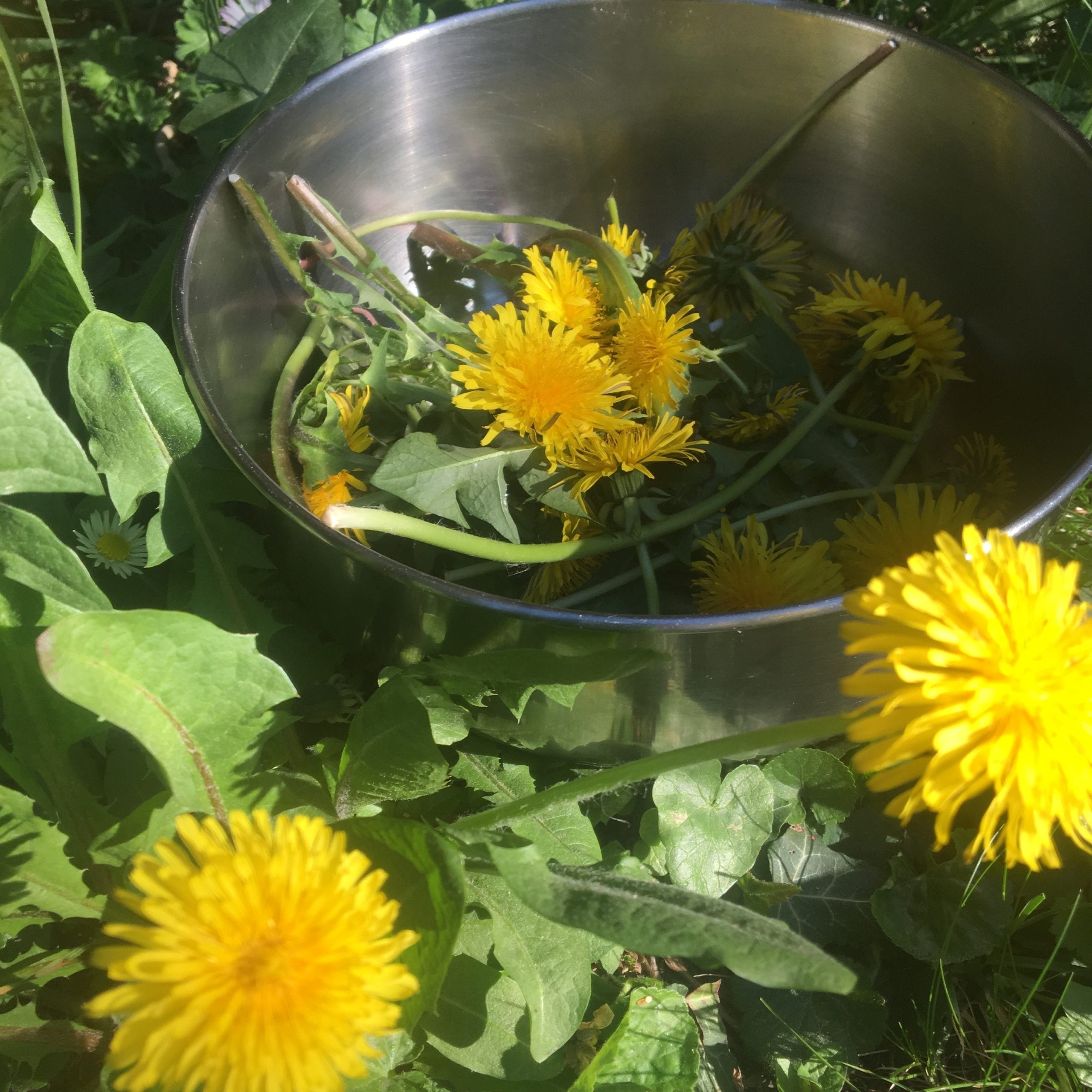
Consuming Dandelions
There are so many ways to consume dandelions! The young leaves in March are perfect in salads. The rest of the year, the raw leaves will be bitter but can still be consumed raw, cooked or as tea. The florets in April and May are perfect sprinkled on top of salads or on toast. They can also be turned into a medicinal syrup. Flower buds can be prepared like capers. The roots can be cooked up in oil and salt or even turned into a coffee-like beverage. Dandelions leaves can be turned into a vinegar tincture. The options are endless!
HEALTH WARNING: It is not recommended to consume dandelions if you have a liver disease, gallstones, ulcers, heart or renal failure, or diabetes.
Dandelion Nutrients & Health Benefits
Dandelions are high in iron, potassium, vitamins E, C, K1 and beta-carotene. Dandelion is a digestive tonic; it stimulates digestive secretions. It’s ideal to consume dandelion as a bitters prior to eating a meal. Dandelion can also help the liver.
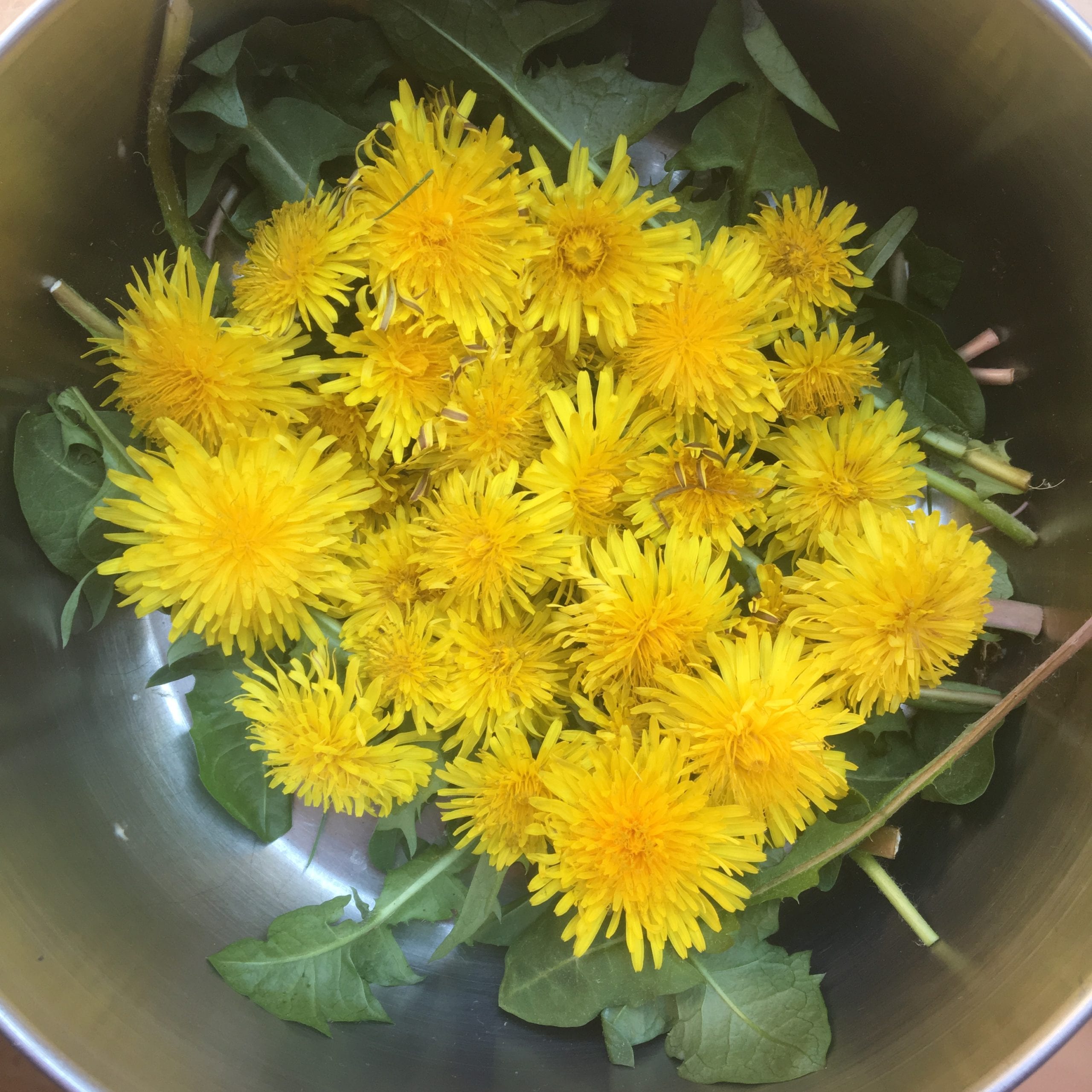
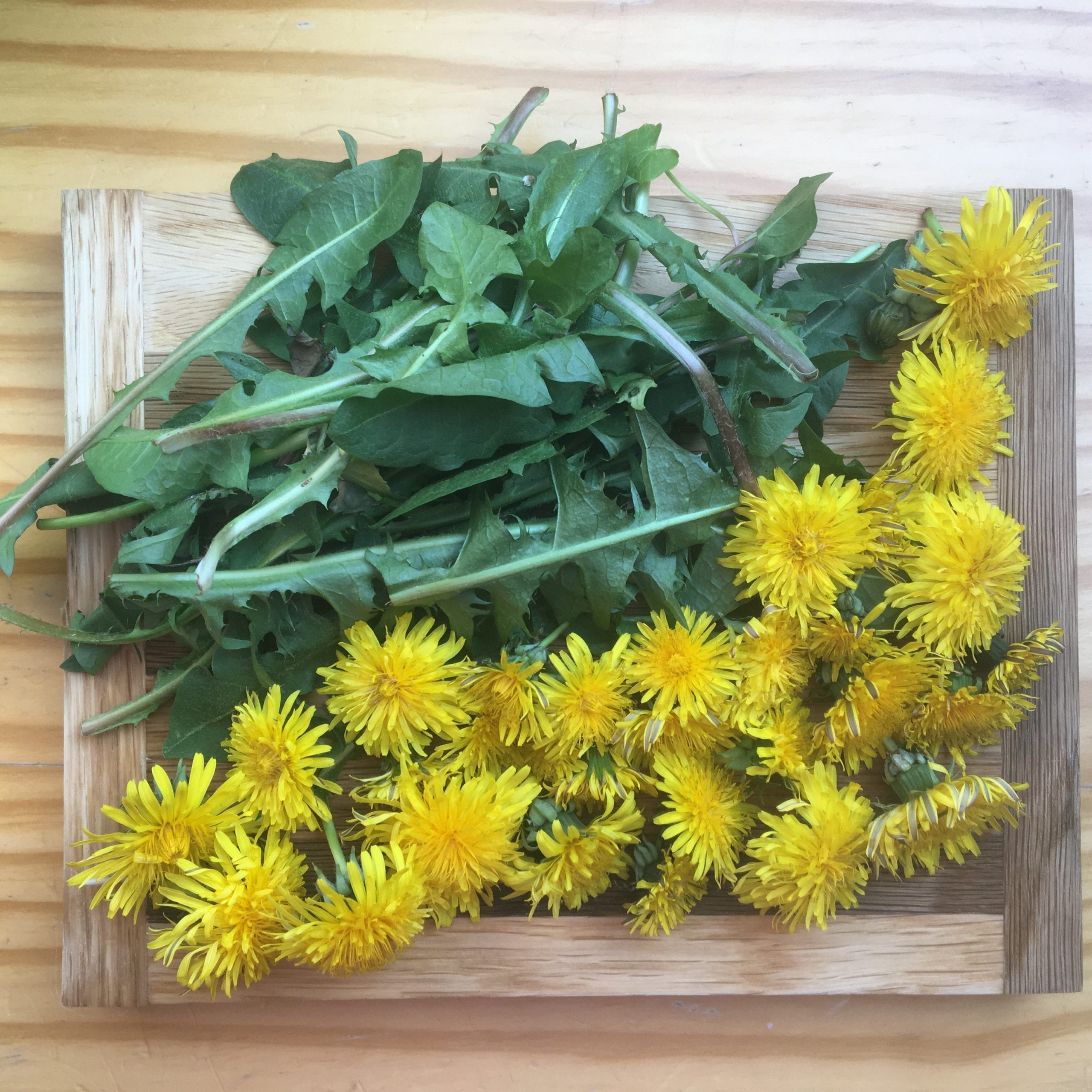
Identifying Dandelions (Taraxacum officinale)
Dandelions (Taraxacum officinale) can be found around most of the world in full sun or partially shaded areas. They can reach 40cm tall. The flowering stalk has one single yellow flower head at the top (covered with yellow florets) and does not branch out, nor does it have leaves. The stalk is hollow and sometimes reddish. The leaves all start in a cluster from the ground level and contain latex (break the leaf, and latex will come out). The leaves don’t all look alike. Some have large pointy lobes and deep cuts, others are just slightly dented. Their edges are jagged. The midrib is rounded, not triangular, and protrudes from the leaf. Sometimes the leaves have a few hairs, sometimes they don’t. Please watch our video below for better images of the plants.
WARNING: Look up more detailed dandelion (Taraxacum officinale) plant ID guidelines for yourself. ALWAYS BE 100% CERTAIN OF YOUR PLANT IDENTIFICATION. Don’t pick dandelions in areas where dogs and cats are likely to pee, and not next to roads.
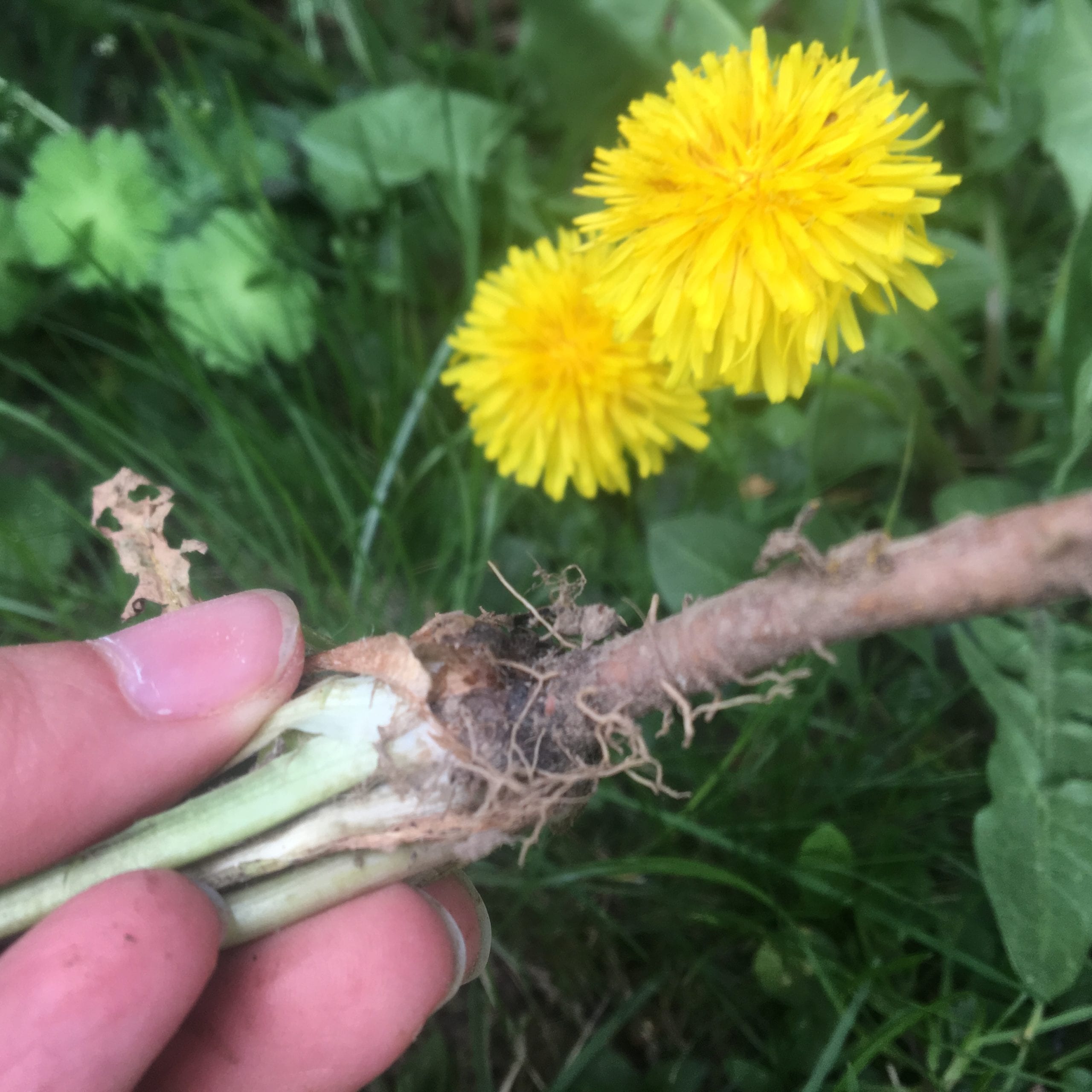
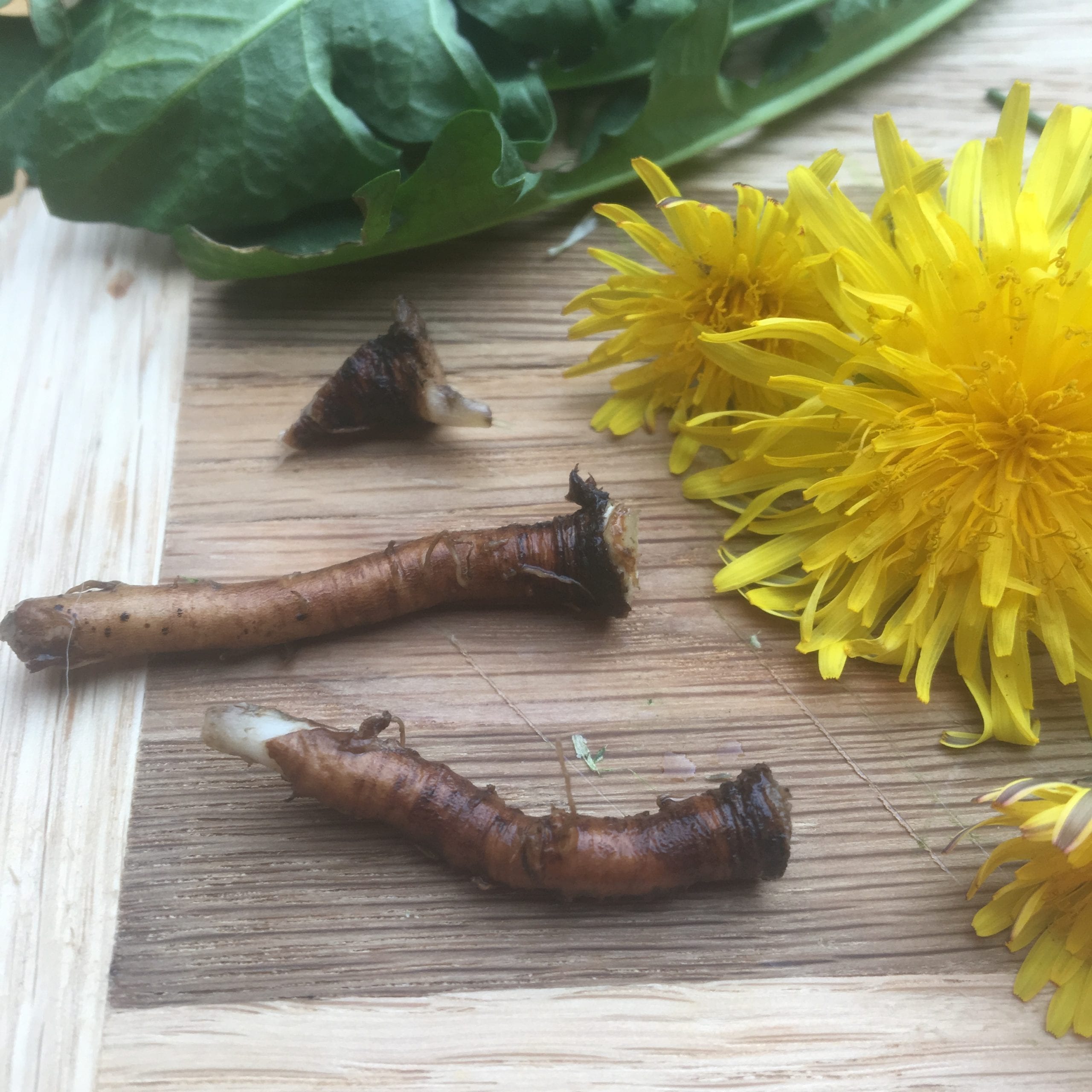
Beware of Dandelion Lookalikes:
It’s possible to confuse dandelion with other plants. To avoid mistakes, one cautionary measure would be to harvest only when the dandelion is in bloom. Lookalikes to beware of: Sonchus Oleraceus, Chicorium Intybus, Picris Hieraciooides, Picris Echioides, Lapsana Communis, Capsella Bursa-pastoris (no latex), Sisymbrium Officinale (no latex), Lactuca virosa (central rib is triangular instead of rounded), Lactuca serriola (central rib is triangular instead of rounded), and Papaver rhoeas.
Preparing the Dandelion Salad
We rinsed the dandelion leaves and let the dandelion flower heads sit out for a while before plucking out the florets. This gave time for any critters to leave the flower. I chopped up the leaves and sprinkled the florets on top of them. We didn’t have much to work with other than a handful of fresh cherry tomatoes, olive oil, and salt. So that’s what we added! We were pleasantly surprised at how tasty it turned out. If we’d harvested the leaves a few weeks earlier they wouldn’t have been as bitter, but it was tasty all the same.
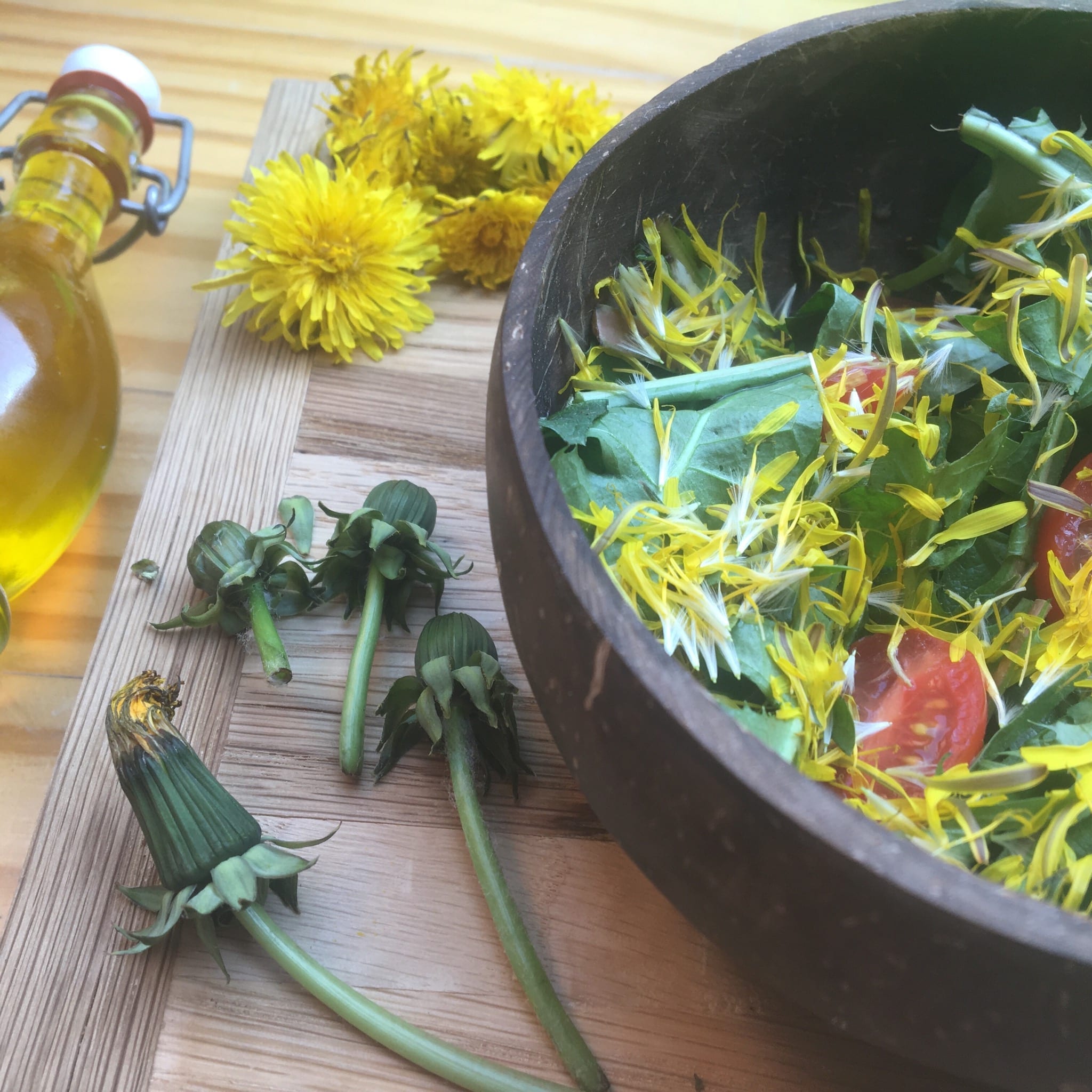
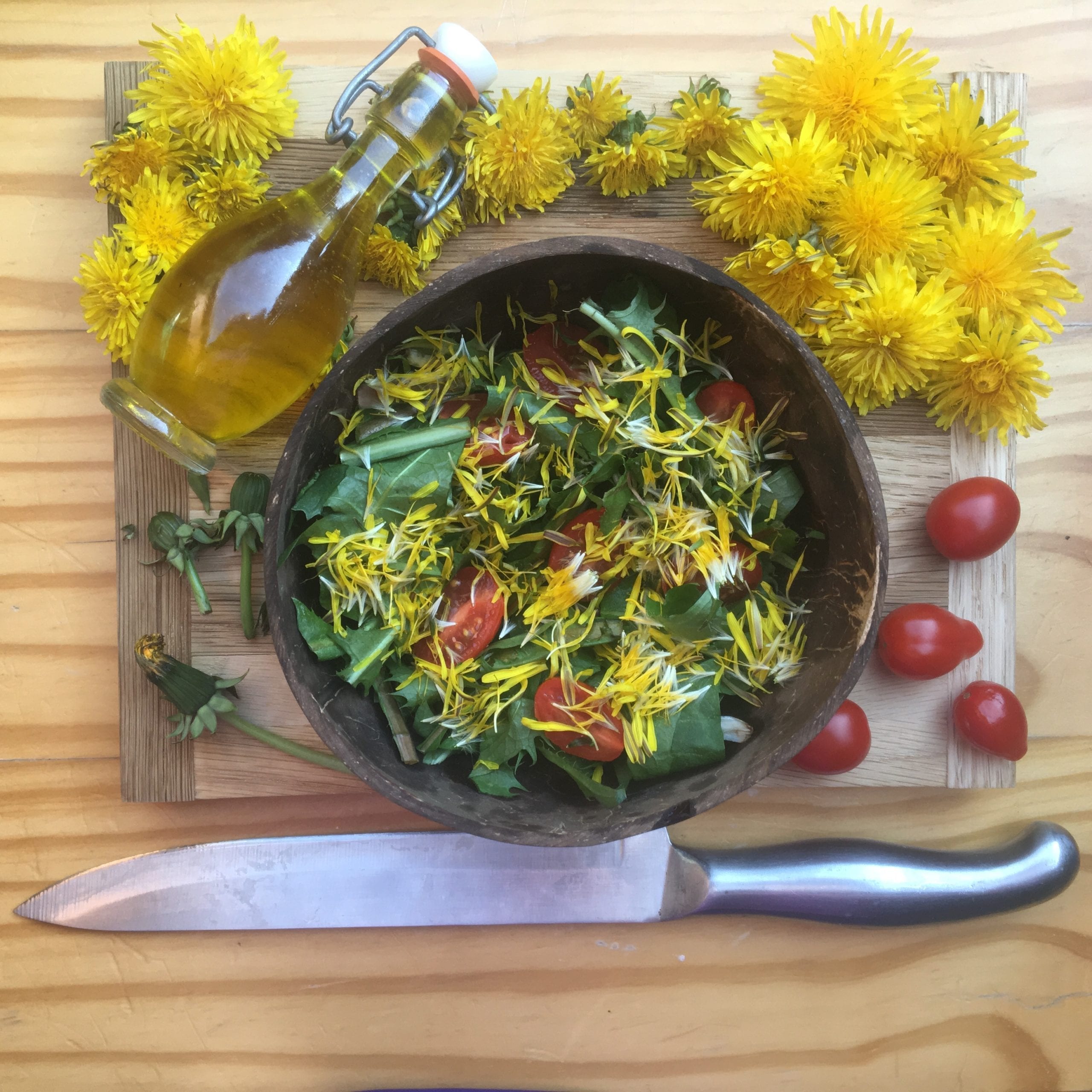
Cooking up Dandelion Leaves
We loved this meal so much that we made another dandelion dish. We cooked up some dandelion leaves in olive oil, a bit of veggie broth, with an apple, and foraged onion grass (Allium vineale). Then we sprinkled on some dandelion florets and foraged common daisies (Bellis perennis) on top. (Make sure to look up plant ID info for onion grass and common daisies before foraging.) The cooked dandelion leaves were delicious!
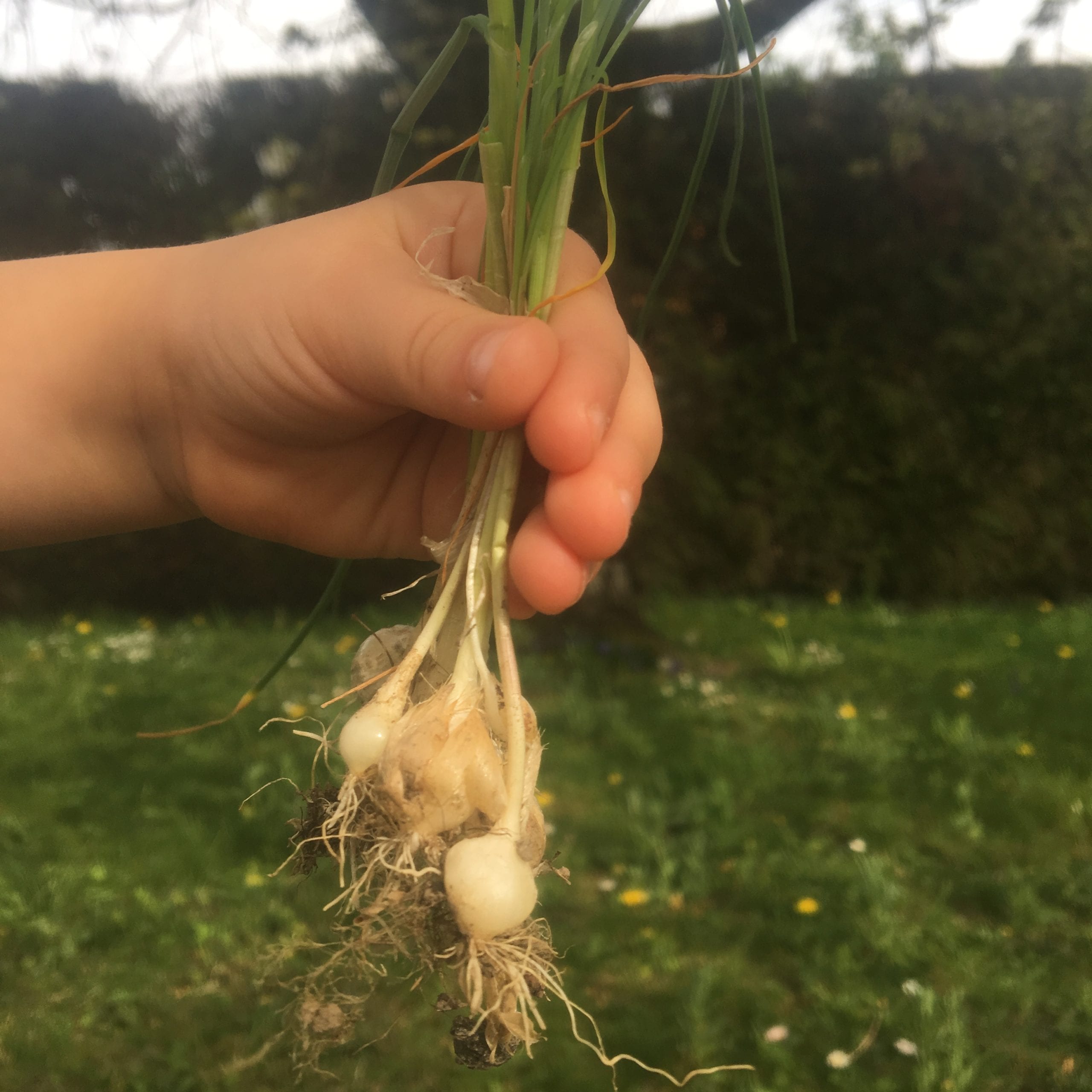
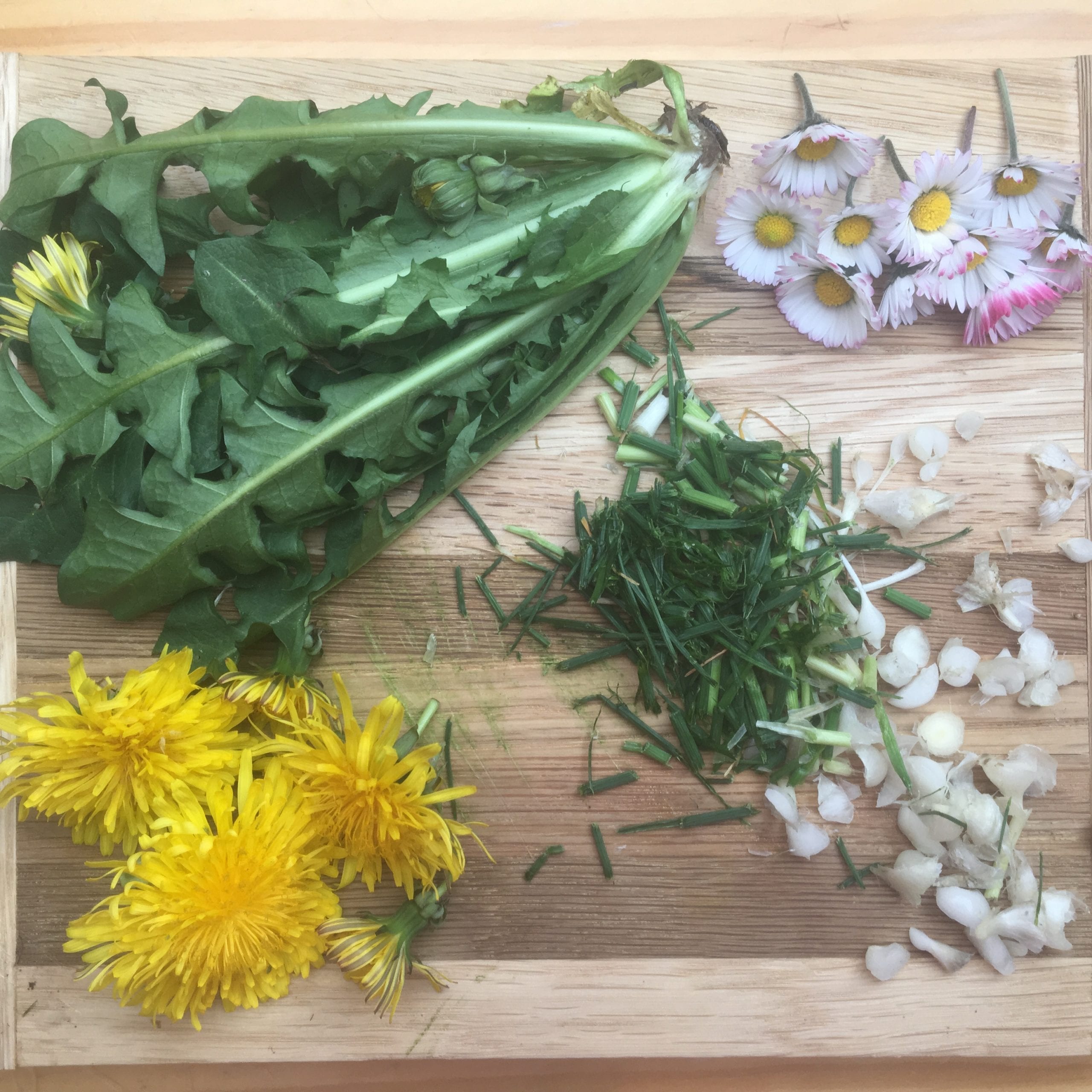
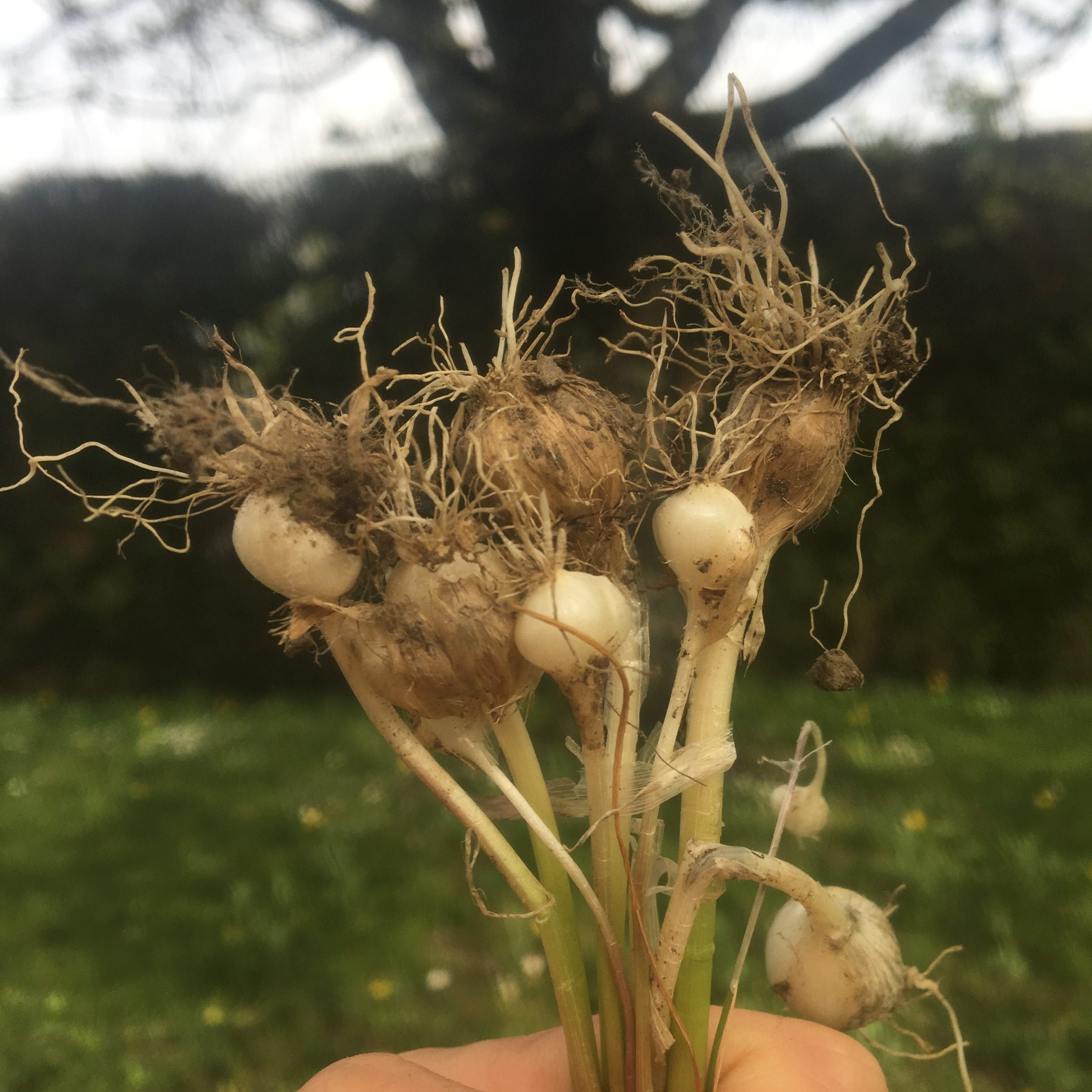
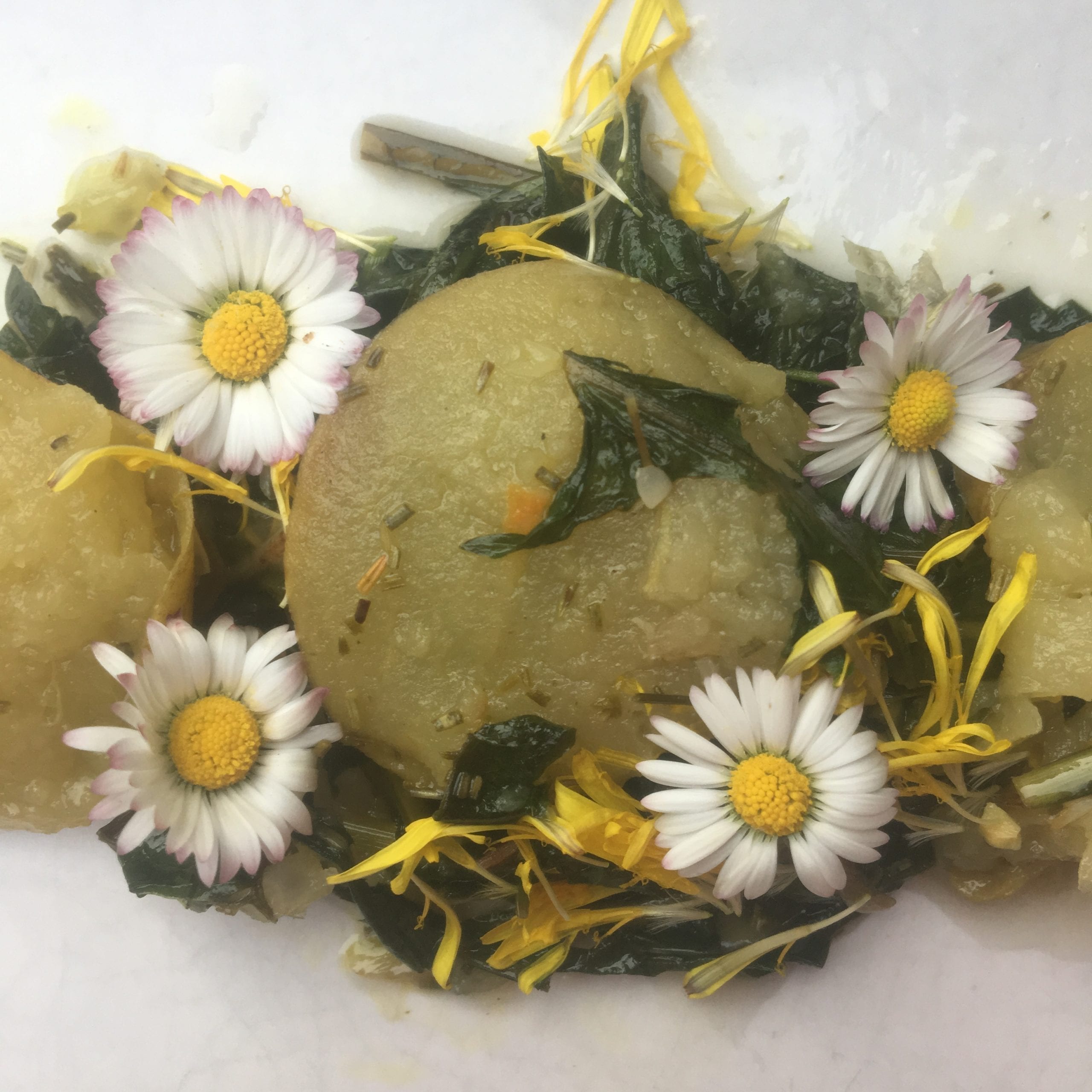
We’re looking forward to starting our own garden in our new home as soon as we can get our hands on gardening supplies. But first, we’re going to hop on our e-bike to gather fresh food at the grocery store. Only 1 day to go until we can break free of our self-isolation!
Have you ever eaten dandelion? Let us know in the comments!
Love,
Christelle
P.P.S. If you enjoyed this edible plants recipe, you’ll love our other wild food recipes including our Purple Dead Nettle Tofu Scramble, Red Clover Taboulleh, and Narrowleaf Plantain Hummus.
By commenting you accept our Privacy Policy.
Copyright © 2017 Permacrafters. All rights reserved. || Privacy Policy || Website Terms of Use || Health Disclaimer || Student Dismissal Policy ||


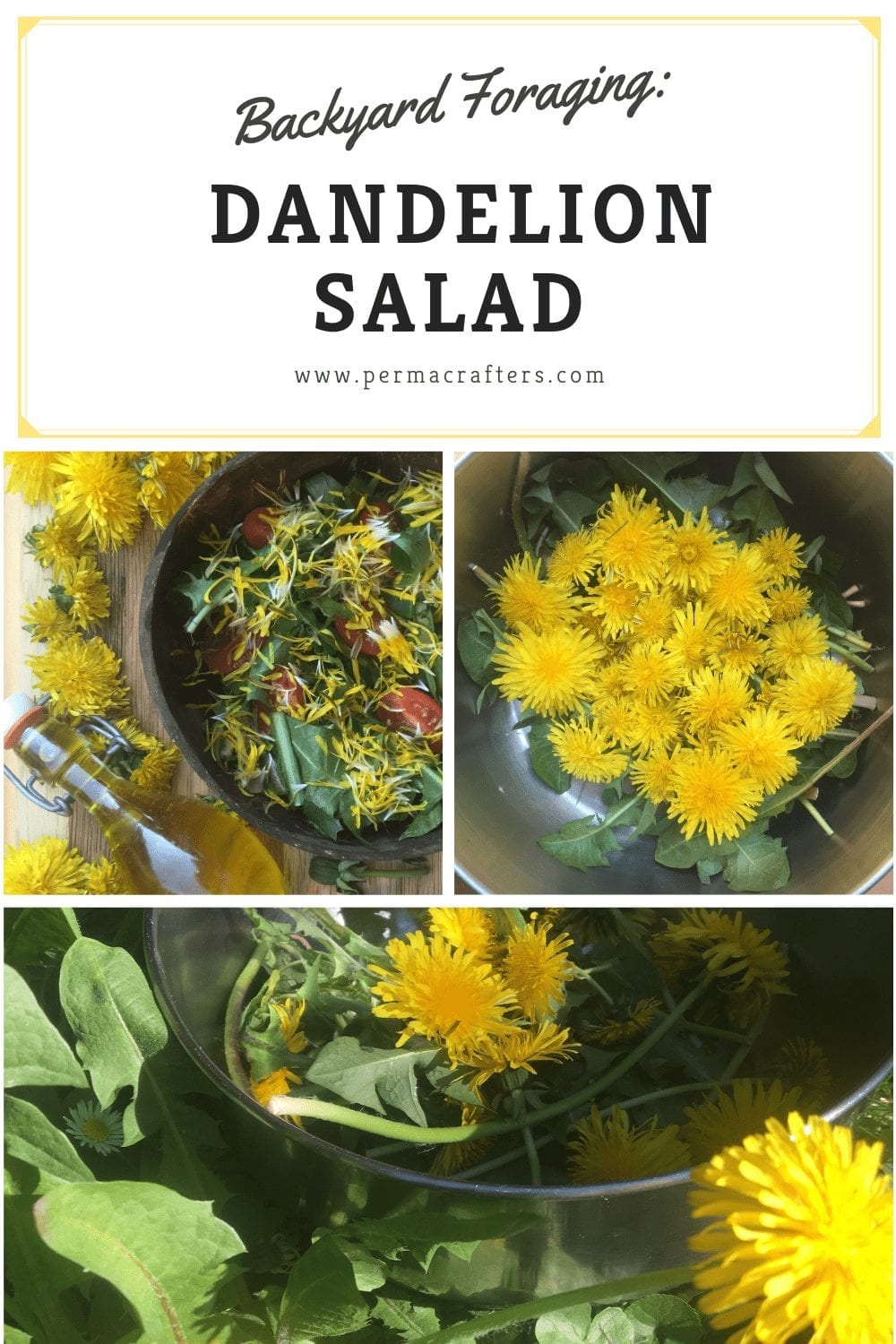
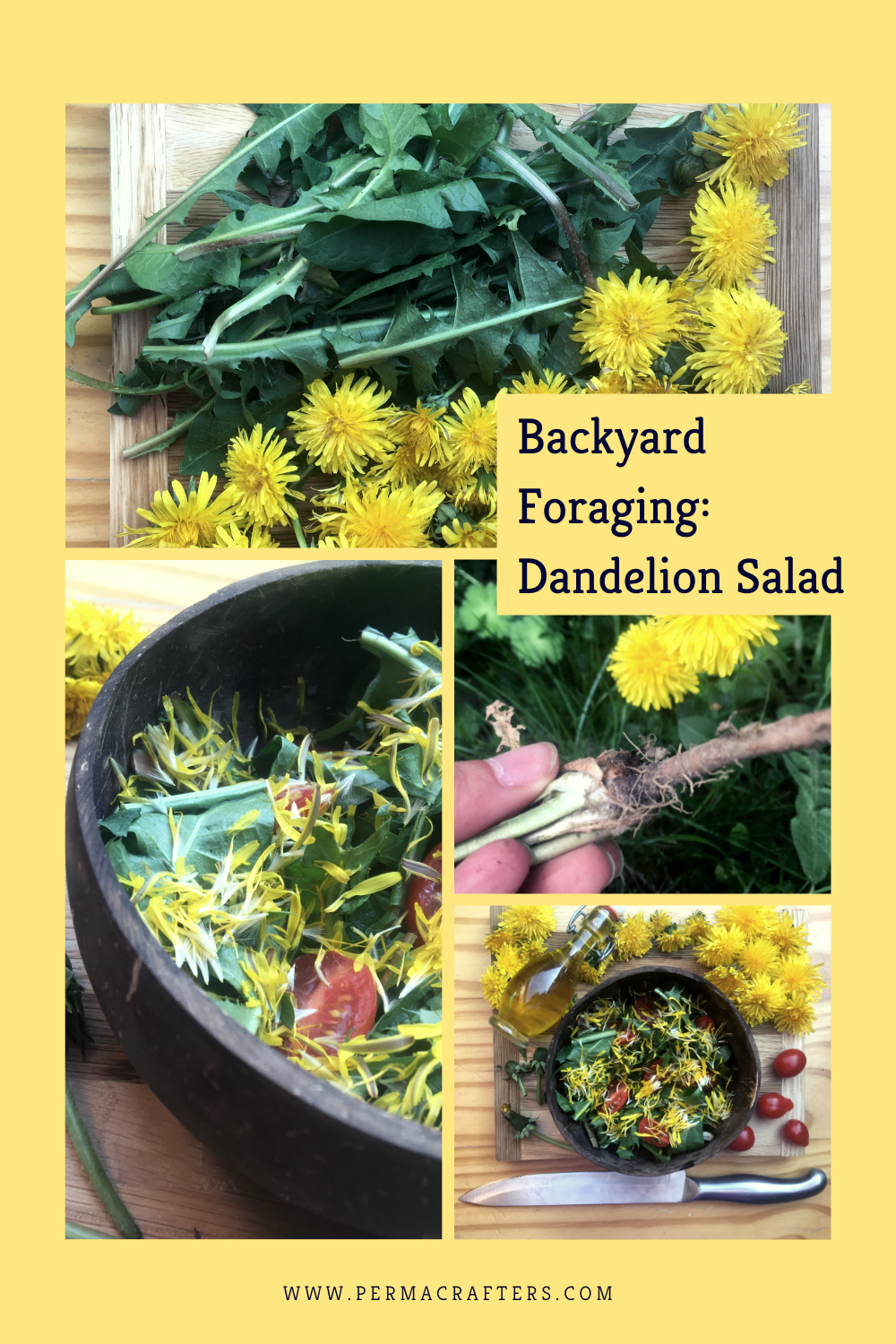
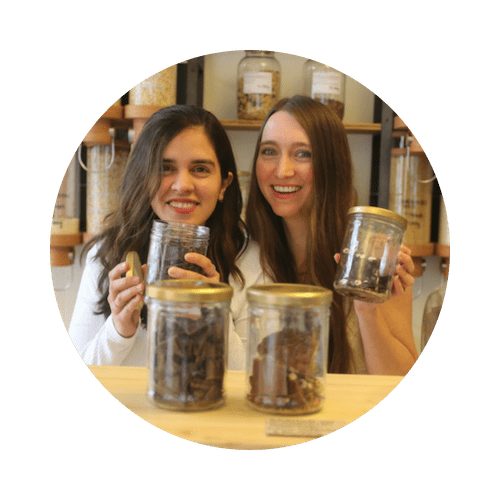
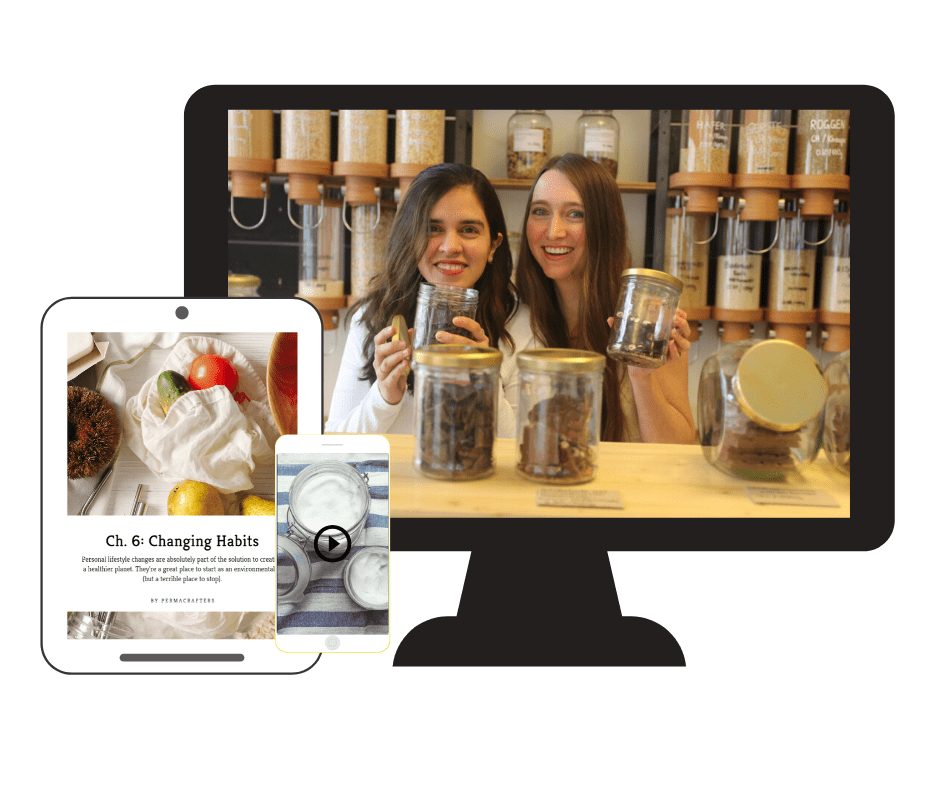
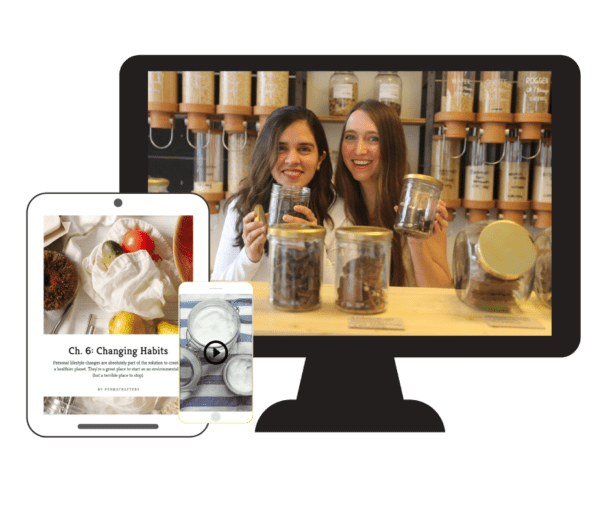
0 Comments
Trackbacks/Pingbacks